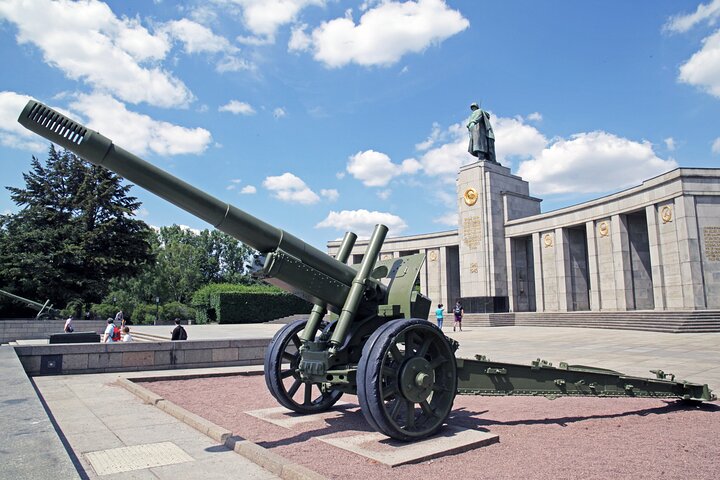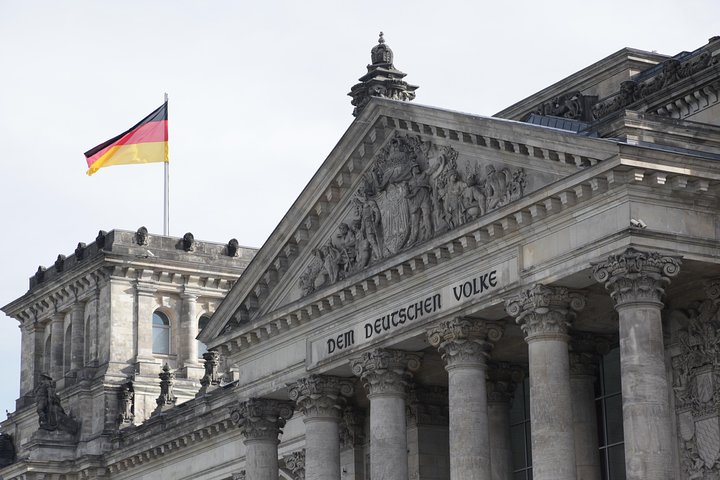Whispers of the Past: Unveiling Warnemünde’s Secrets
Drawn by the allure of history and the whispers of the past, I embarked on a journey to Warnemünde, a seaside resort steeped in tradition and tales. The promise of uncovering its vibrant culture and hidden stories was irresistible.
A Journey Through Time: The Echoes of Warnemünde
The air was thick with the scent of salt and history as I stepped onto the cobblestone streets of Warnemünde, a seaside resort that whispered tales of its past with every gust of wind. The Warnemünde Tour promised a dive into the vibrant culture, traditions, and sights of this former fishing village, and I was eager to unravel its mysteries.
Our guide, a local with a voice as weathered as the sea, led us along the Alter Strom, a promenade that once bustled with the cries of fishermen. The historic bridge creaked underfoot, a testament to the passage of time. As we wandered through the narrow side streets of Alexandrinenstraße, the gabled houses stood like sentinels, their facades a patchwork of stories waiting to be told. Each corner we turned revealed another layer of Warnemünde’s rich tapestry, from the Edvard Munch House, where the artist sought solace, to the Heimatmuseum, a repository of the town’s maritime heritage.
The Heartbeat of a Seaside Village
Warnemünde’s charm lay not only in its architecture but in the pulse of life that coursed through its veins. The Warnemünder Vogtei, once a royal Danish palace, now stood as a monument to the town’s storied past. Its walls, steeped in history, echoed with the laughter of weddings and the whispers of tourists seeking knowledge.
As we moved through the town, the church bells tolled, a reminder of the community’s resilience against the tides of change. The neo-Gothic church, with its carved altar and Renaissance pulpit, was a sanctuary of peace amidst the bustling streets. Inside, votive ships hung like ghosts of the past, their presence a nod to the maritime spirit that defined Warnemünde.
The Seepromenade, lined with neoclassical villas, was a testament to the town’s evolution from a humble fishing village to a bustling resort. Each building, from the Heinkel Villa to the Weather Service Villa, told a story of transformation, of dreams built and realized on the shores of the Baltic Sea.
A Beacon of Light and Memory
The Warnemünde Lighthouse, a sentinel against the horizon, beckoned us with its promise of panoramic views. Climbing its spiral staircase, I felt the weight of history beneath my feet, each step a journey through time. From the top, the Baltic Sea stretched out like a canvas, its waves painting stories of sailors and storms.
At the foot of the lighthouse, the Teepott stood, a round building with an idiosyncratic roof that seemed to defy gravity. It was a place where past and present converged, where the echoes of the great storm surge of 1872 lingered in the salty air.
Warnemünde was a place where history and modernity danced in harmony, where the past was not forgotten but celebrated. As I left the seaside resort, the stories of its people and places lingered in my mind, a haunting melody that would stay with me long after the journey had ended.



































